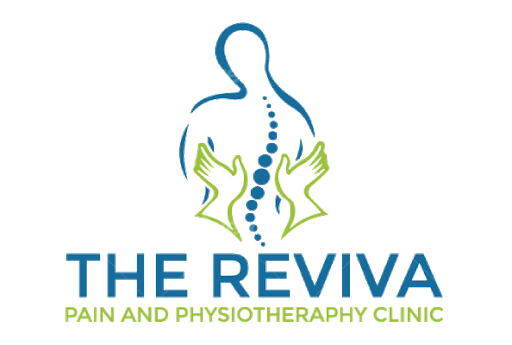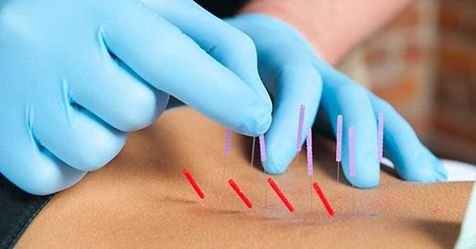Injections into MTrPs were planned by Travell and Simons, the pioneering researchers’ World Health Organization introduced the idea of MTrPs to the medical community. Dry needling strategies were through empirical observation developed to treat contractor disorders. The wider use of dry needling started once Lewit’s publication, wherever it had been stressed that the needling impact is distinct from that of the injected substance. additionally, in various randomized clinical trials (RCTs) and one systematic review, no distinction was found between injections of different substances and dry needling within the treatment of MTrP symptoms. Several colleges and abstract models of dry needling have developed throughout the last three decades. most common are radiculopathy and MTrP models. The radiculopathy model is predicated on empirical observations by the Canadian medical practitioner Dr.Chan Gunn, World Health Organization was one of the pioneers of dry needling. to differentiate this approach from different methods of dry needling, Dr. Gunn named it contractor stimulation (IMS). The Gunn IMS technique is predicated on the premise that myofascial pain syndrome is often the result of peripheral neuropathy or radiculopathy, outlined as “a condition that causes disordered operate within the peripheral nerve.” In step with Gunn’s theory, based on Cannon and Rosenblueth’s Law of Denervation Supersensitivity, denervated tissues develop supersensitivity. within the system, this manifests as muscle shortening, pain, and also the development of taut bands with MTrPs. Shortening of the paraspinal muscles, notably the multifidi muscles, leads to disk compression and narrowing of the intervertebral foramina, or direct pressure on the nerve root, that afterward ends up in peripheral neuropathy and also the development of sensitized nociceptors and pain. Thus, restricted flow of nerve impulses altogether innervated structures—including skeletal muscle, sleek muscle, spinal neurons, sympathetic ganglia, adrenal glands, sweat cells, and brain cells—leads to atrophy, aggravated irritability, and sensitivity.16 in step with the MTrP approach,1 associate degree treatment needle is inserted directly into associate degree MTrP. In 1942, Dr. Janet Travel and colleagues 1st revealed the tactic of injection into MTrPs. In 1979, Karel Lewit11 planned that the impact of injections was primarily caused by the mechanical stimulation of associate degree MTrP with the needle. Since then, dry needling has been widely used for the treatment of MTrPs. Dry needling an MTrP is best once native twitch responses are induced, a awfully similar methodology was developed in the seventh century by Chinese medical practitioner Sun Ssu-Mo, who inserted needles at points of pain, which he called Ah-Shi points.20 From the outline of these points, it’s clear that {they are |they’re} what are presently referred to as MTrPs. For family physicians and different health care suppliers who have an interest in an exceedingly deeper understanding of myofascial pain, MTrPs, and strategies of their management, we tend to advocate the “classical” textbooks: Travell and Simons’s1 Myofascial Pain and Dysfunction: The Trigger purpose Manual; The Gunn Approach to the Treatment of Chronic Pain15; and Baldry’s22 treatment, Trigger Points, and contractor Pain.



